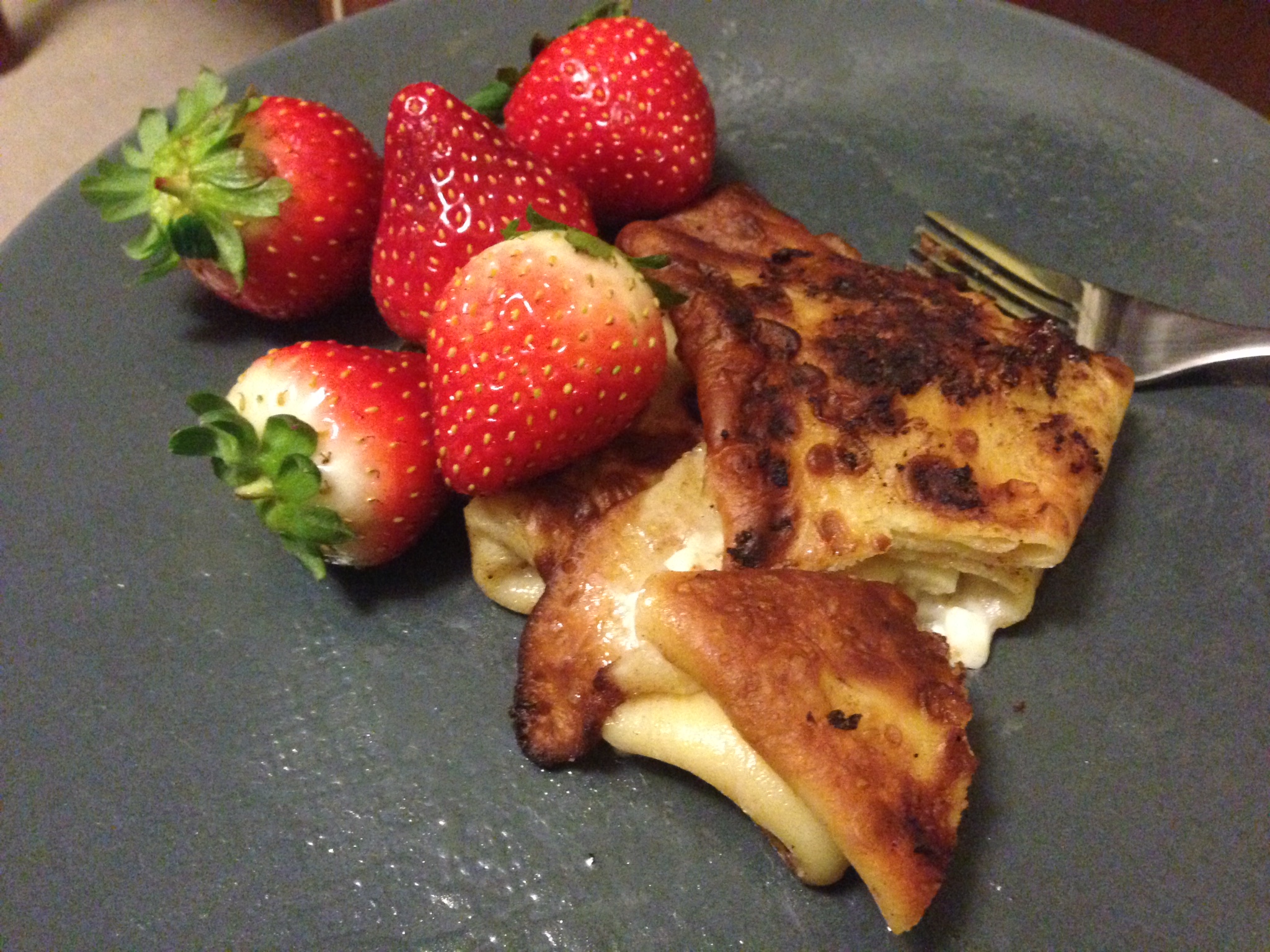Recently, a person I respect very much, and who I consider to be quite good at the rough-and-tumble of verbal sparring, told me something that was either one of the best compliments I’d ever received, or…something else.
What he said was even though he engaged in gentle mockery of others, he would never do it to me, because of the fact that or the way that I would fight back.
I had mentioned ‘mental push hands‘ before, and I mentioned the idea of pushing (or throwing) the listener off-balance. There are a number of ways of doing this[1], of varying levels of pleasantness and effectiveness. Here are a few:
– Insults
In my opinion, it’s generally better to keep the conversation de-escalated and cerebral, as not only do I function best there, if you have any negotiation goals, and are interested in actually getting to yes[2], insults are generally not the way to go.
– Puns
A well constructed pun will make the listener think just enough, by making them return to what they just said, and cross-reference it with what you have just said. For someone who is not prepared for a pun duel, you can make an impression[3], especially if you can have a counter-riposte ready, with appropriate timing, to counter whatever riposte they may perform. You are helped in this that most people pun in areas close to the subject at hand[4].
– Be Boring
Sometimes this exactly what you need. Sometimes you need to take your presentation (usually a presentation), and for every single word in it, find a more ‘professional’ or ‘enterprise’ word. This may be your best option when you’re dealing with a very controversial topic, where no matter which example you use, you’re going to anger someone. Sometimes the only way to slide a concept through is to make it like lukewarm porridge.
So, how do you deal with these?
For insults, my recommendation is de-escalation. There are many other, better writings on the topic, so I will stick to the simple ‘speak calmly and make it about the issue, not the person’.
For Puns, practice! You will be the envy of your friends! Take a random sentence from a book and practice sentence rotation on it! Find a way to refer to a word in a previous sentence without using that word. Read this comic again, and come up with different ripostes.
For boring presentations, I would recommend a deeper knowledge of a topic. In grad. school, I could tell that I progressed between 1st and 2nd year because I started to get something from the Sunday morning talks. (This was at a retreat, where you would arrive Friday night, have talks all day Saturday, then stay up most of the night.) Test yourself on the topic when you are half-asleep. If you can still understand and poke holes in arguments, you’re in good shape.
And that’s it! If you have more types of verbal sparring, I’d love to hear about them in the comments below!
[1]This assumes that you’re familiar with the standard ‘remember something about the person you’re talking to’, the ‘remember their name’, and the ‘be nice’.
[2]I hear it is an excellent book. I have not read it all the way through, but it is considered the fundamental book on ‘principled negotiation’, as in when you want both/all parties to come to an agreement which is truly best for all involved.
[3]I’ll leave it to you to decide what type of impression it is…
[4]I often say that know just enough about many words to be able to pun with them. This involves spelling, pronunciation, and just enough of a definition/genre/associated words.

